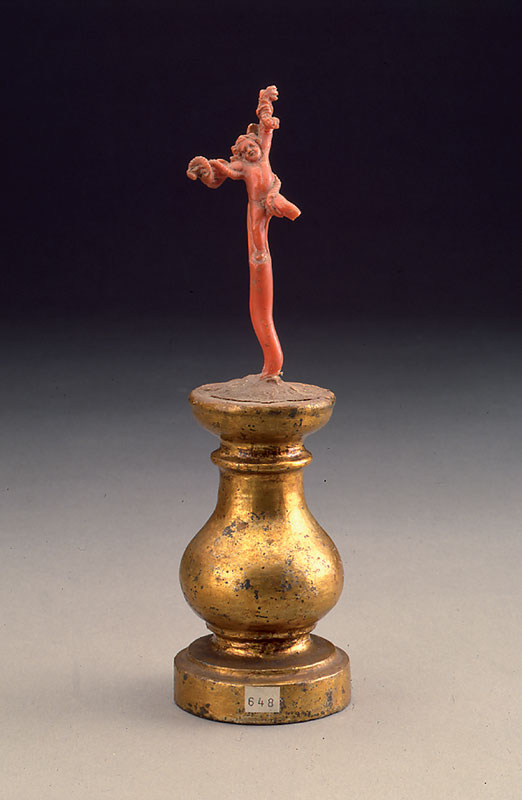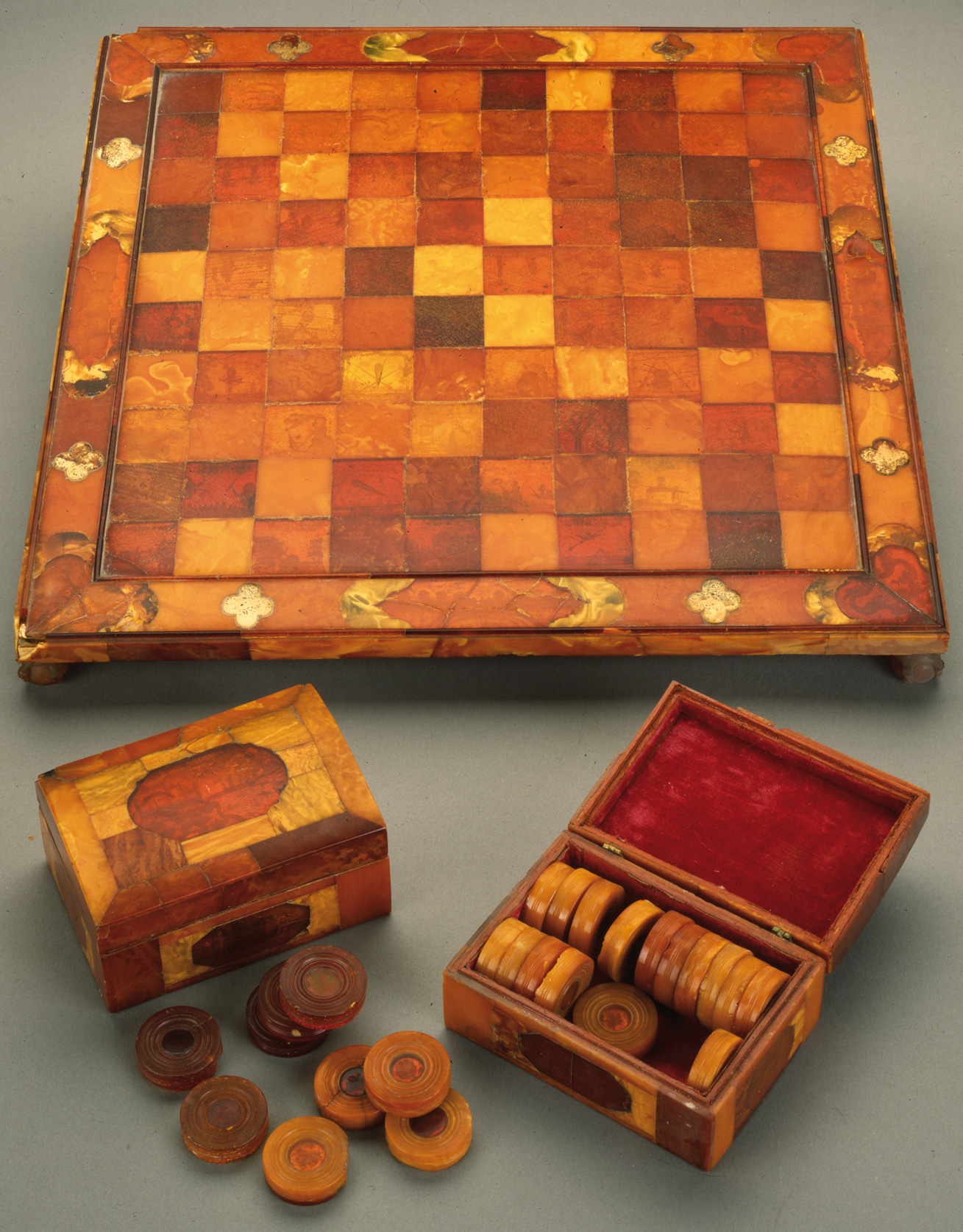Spallanzani collection
In 1799, when Lazzaro Spallanzani died, “his little collection of natural products”, kept at his birth house in Scandiano, was purchased by the Municipality of Reggio Emilia. It consists of zoology, particularly specimens of marine life, palaeontological, mineral, lithological and botanic products, together with furnishing accessories such as paintings, tables and ornaments, showing his various and rich fields of interest. Since 1830 the collection has been kept as it was for over two centuries, in Palazzo dei Musei.
The current configuration of the collection is essentially based on a reordering by Alfredo Jona in 1883, according to the Linnaeus system used in the late 1700s. In a first hall, personal pieces and furnishings are displayed together with plant specimens, while in a second hall the remaining items of the collection from the animal and mineral kingdoms are arranged in order in 21 showcases.
Biography
Lazzaro Spallanzani (b. 1729 Scandiano – d. 1799 Pavia), was a leading figure in the evolution of thought and of scientific method, an evolution that led from “natural philosophy” to the birth of modern science in the Age of Enlightenment. He was a sharp, tenacious researcher in an extremely wide range of fields in natural history, from biology to physiology, from geology to chemistry, and is above all remembered for his research on spontaneous generation, reproduction, respiration, circulation and digestion, for which he was one of the first to use a strictly experimental method.
His experiments were often profoundly innovative, such as those on artificial insemination “in vitro”.
Initially a professor in Reggio Emilia and Modena, thanks to his studies about small living things in “broth”, published in 1765 with the title: “Account of microscopic observations concerning Needham and Buffon’s system of generation”, he denied through exemplary experimental tests the possibility of the “spontaneous generation” and he achieved international celebrity. He was called on by Maria Teresa d’Austria to hold the chair of Natural History at the University of Pavia in 1769, with the assignment of managing the Museum. From that time, he would alternate teaching stints with numerous trips to the Alps and to the Lagoon of Venice, Portovenere, Marseille, Constantinople and the Balkans, and to the Kingdom of the Two Sicilies. During these excursions, which were real scientific expeditions, he collected material both for the museum of Pavia and for his own “little personal collection of natural products” that he kept at his birth house in Scandiano. Upon the scientist’s death, Lazzaro Spallanzani’s personal collection was purchased by the Municipality of Reggio Emilia together with the furnishing that went with it. The collection has been hosted in the northern wing of the Palazzo San Francesco since 1830 and kept as it was for over two centuries.
“Personal Mementos” and specimens of plants
In the first room, there is a display of personal mementos and furnishing items of Spallanzani: small tables, consoles, ornaments, paintings and mementos of his trip to Turkey. The presence of many artistic and craft pieces, proves the scientist’s interest for natural materials used with a decorative purpose. The small tables made in Jano stone, Serravezza marble and “lumachella rarissima”, e.g. alabaster vases, flowers and birds crafted from sea shells, the rare, very precious checker-board in amber and small marble sculptures are refined examples of different materials embellished by elegant craftsmanship.
On the walls, large pictures hang: the scientist created them himself by assembling panels from the “Historie naturalis” by the naturalist Johannes Jonston (1657). Also present are Spallanzani’s death mask, a sketch of a statue erected in his honour in the main square in Scandiano, specimens of plants and an herbarium.


